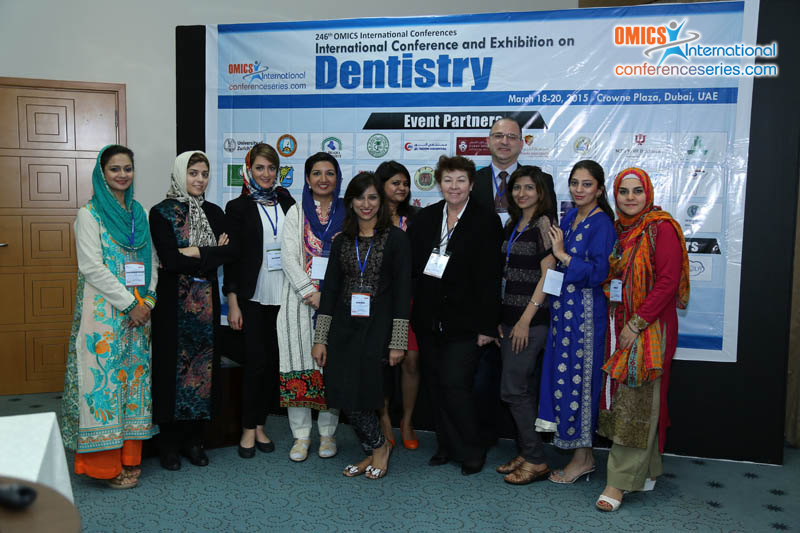
Anka Letic
Rakcods, Ras Al Khaimah, UAE
Title: Use of Drugs and Biomaterials Important to Significantly Improve Overall Quality of Dental Work
Biography
Biography: Anka Letic
Abstract
A smile is a very powerful social instrument. A better quality of working life, together with the promotion of employment and entrepreneurship, requests beauty and time savings. Today, patients come to Dental office and expect quick, good quality, long-term smile and absolutely, and always with no pain or other complications during or after the treatment. The successful Dentist is the one to be able to prepare and finish dental procedure; having happy patient at the and! Pharmaceutics could help a lot, but specific knowledge is needed.
This course is not meant to be an exhaustive compendium of pharmacology. New generations of healthcare professionals must be ready for inter-professional collaboration, as well as to be prepared to treat growing needs of patients for new type of treatments. Technological advances in health care industry every day deliver new pharmaceutical products that dentist can use and serve patients. Today, most presenters of aesthetic dentistry only show their exceptionally good work on teeth and gums while neglecting the complex face and/or lips. Without treating the face, the aesthetic work is incomplete unless the patient on their own sees other doctors. Without treating the face, your good work in the mouth will appear incongruous. Therefore, this course focuses primarily on those drugs and biomaterials used by the Dentist that highly improve results of dental work, boost doctor’s endeavor and significantly upgrade reputation of the dental office. These drugs are: 1) Pain killers, 2) Antialergics and antioxidants, 3) Skin and Lips fillers and 4) Bone Grafting Biomaterial. All these drugs and synthetic biomaterials will be listed, reviewed in terms of their clinical indications and applications, particularly choosing clinical requests, explaining mode of work, their clinical advantages and disadvantages comparing to other options, in terms of appropriate usage, adverse side effects and potential interactions.
Learning Objectives:
1. Understand the actions of and appropriate therapeutic use of pain killers, oral sedatives, local anesthetics, and controlling anxiety by medications;
2. Understand the rational use of anti-alergic agents in dentistry, both in terms of the management of existing orofacial allergies and for prophylaxis against the new developments;
3. Understand the importance of bone function, defective status in altering the absorption, distribution, metabolism, and therapeutic action of drugs such as Bisphosphonates’ or natural and synthetic bone graft substitutes;
4. Understand the bottom line whether Botox and dermal fillers are within the scope of dental practice for use by general dentists for dental esthetic and esthetic dental therapeutics.




